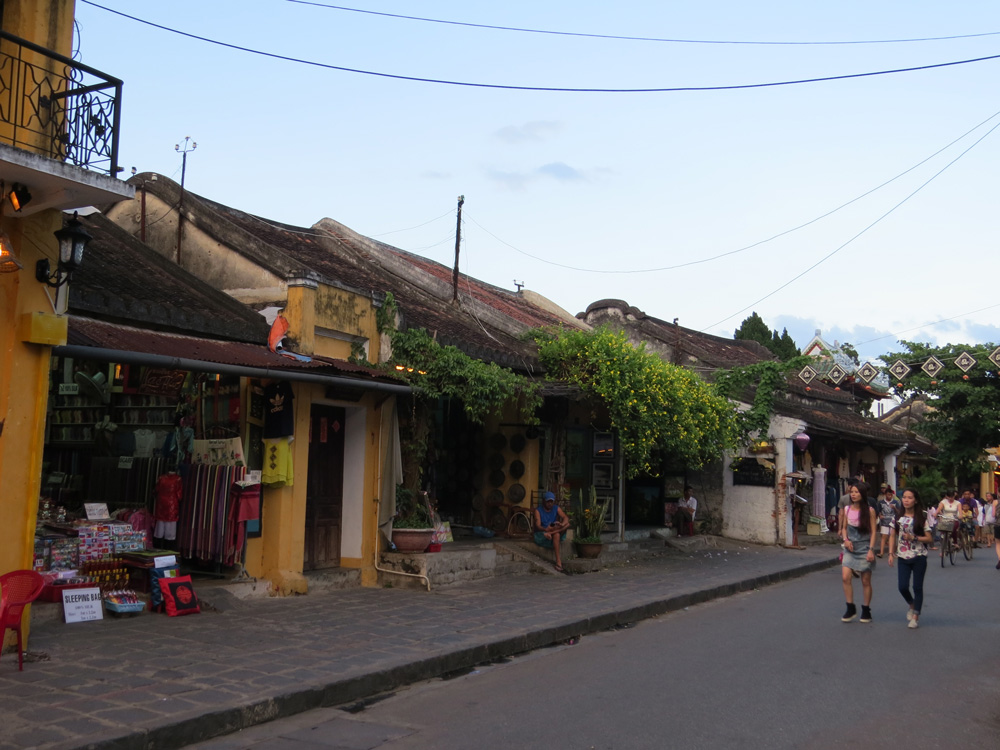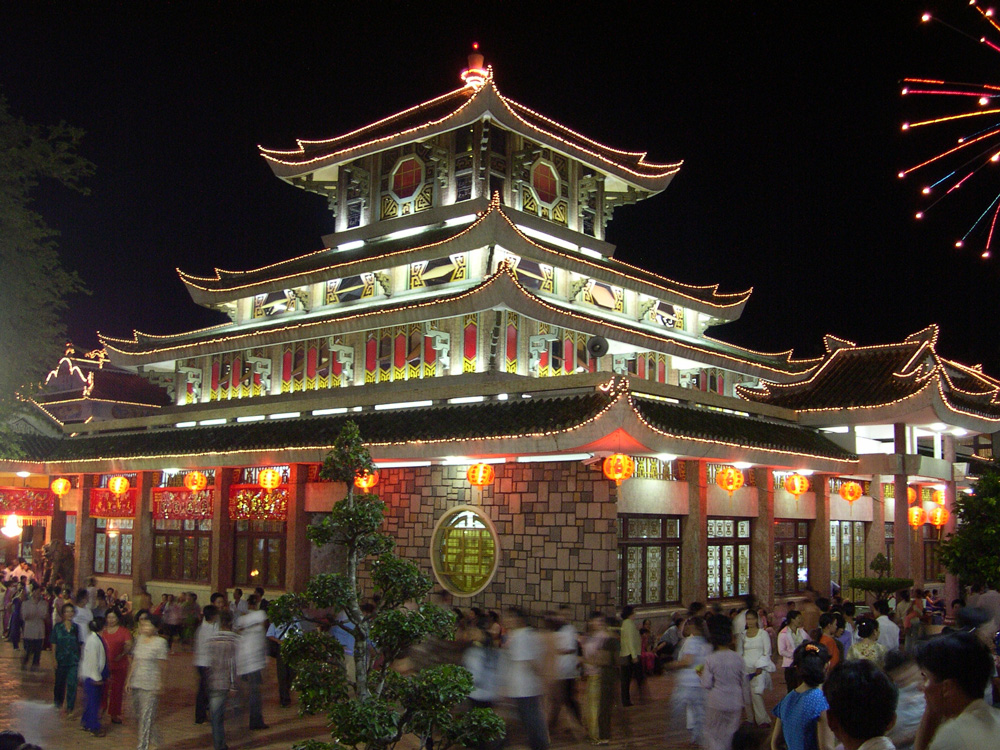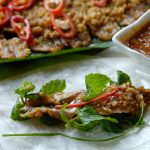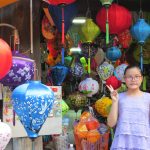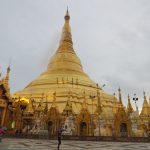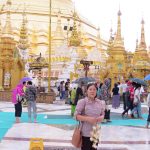If you visit the ancient capital of Hue, don’t miss to enjoy Hue royal food which is famous for subtle flavour, nutrition, sophistication in cooking and very nice decoration. Considered as a unique and important part in Vietnamese art culinary, Hue royal cuisine features Royal cuisine under Nguyen Dynasty (1802-1845) which was created to serve in daily meals of Royal family, Royal party and Royal ceremonies to make offering the ancestors.

According to Master Chef Phan Ton Tinh Hai, a descendant of the traditional family whose many generations were chefs in Hue imperial palace, most of ingredients used in royal food are the same with popular dishes but the main difference of royal food is the sophisticated cooking method, artistic decoration as well as how to serve. Every main meal of kings under Nguyen Dynasty used to be served from 35 to 50 dishes and some of them had to be bat tran (eight the most precious dishes of royal palace including nem cong (a dish from peacock meat, cha phuong (a dish from phoenix), skin of rhinoceros, hand of bear, tendon of deer, lip of orang outang, leg meat of elephant and swallow nest. Especially, every chef only prepared the only dish. Meanwhile, royal parties were divided into different kinds such as the big party with menu of 161 dishes, the precious party with 50 ones, breakfast party with 12 ones and vegetarian party in pagoda with 25 ones.

Hue researcher Nguyen Dac Xuan related to eating of Nguyen Dynasty’s kings in the his book “Le tet an choi trong cung Nguyen” (Eating and festive activities in Nguyen Dynasty’s Royal Palace) that rice to cook for king is a kind of aromatic rice grown on the fields at An Cuu village ( in the south of Hue City). The rice had to be selected carefully only intact seed. Then, rice is cooked in a special clay pot which was only made from the clay at Phuoc Tich Village, Phong Dien District, Hue. Before using to cook rice, these clay pots were boiled in fresh tea leaf water carefully. Each pot was used only one time and broken after finish cooking rice. The water to cook rice or make tea for king was taken from Ham Long well in Bao Quoc pagoda (this pagoda now is one of the ancient pagodas in Hue). Sometimes, the water was also taken from Tuy Van pagoda in Phu Loc District, about 50 km from the centre of Hue City or even from Huong riverhead.

Bowls and plates in the royal palace were made from ceramics and decorated with symbol image of five-claw dragon (different from image of five-claws dragon used for mandarin and civilian). However, under the dynasty of Dong Khanh King, the imperial palace added glass tableware from Europe and under Khai Dinh King, table wares such as bowl, plate, knife and fork were also used to serve meals in western style. Chopsticks and toothpicks for kings were made from good bamboo by skilful craftsman. Sometimes, Kings also used chopstick made from kim giao wood at Bach Ma Mountain to beware poison because kim giao wood has white colour but it will change into black when touching poison. And every chopstick king only used only one time.

The methods to cook royal dishes were only passed down orally by royal chefs for their descendants from generation to generation without any cookbook. However, in the early years of 20th century, Mrs Truong Dang Thi Bich, daughter-in-law of Mien Tham Tung Thien Vuong, the mandarin and the poet under Nguyen Dynasty collected and wrote the unique cookbook title “Thuc Pho Bach Thien” (Cent Recettes de Cuisine Annamite, Hanoi, Imprimerie Tonkinoise, 1915) to teach her daughter how to cook 100 Hue dishes including Royal dishes and popular dishes. The special thing of this cookbook is that guiding to cook every dish is written in the format of a four-sentence poem which is easy for housewife to remember and follow.

It is said that Hue people often eat by their eyes and nose before eating by mouth Nowadays, there are some restaurants in Hue serving Hue royal cuisine while their guests are worn royal costumes like king and queen to feel the spirit of a royal meal. Mrs Ton Nu Ha is well known as a famous chef and artisan who keep soul of Hue royal food. She has traveled many countries in the world to present not only the art of Hue royal cuisine but also Hue popular cuisine. You can visit her Tinh Gia Vien restaurant in Hue (located at 7/28 Le Thanh Ton Street) to enjoy some Hue specialties, join cooking class or learn carving art on fruit and vegetables with her.

Photo source: Master Chef Phan Ton Tinh Hai




